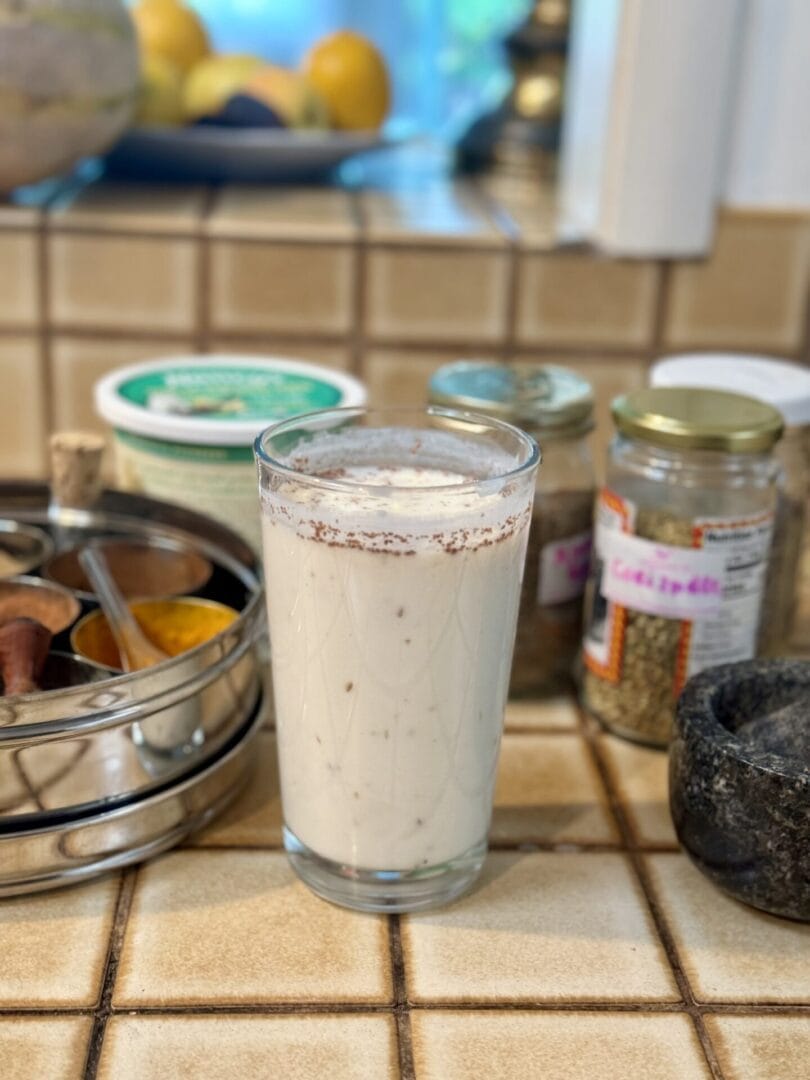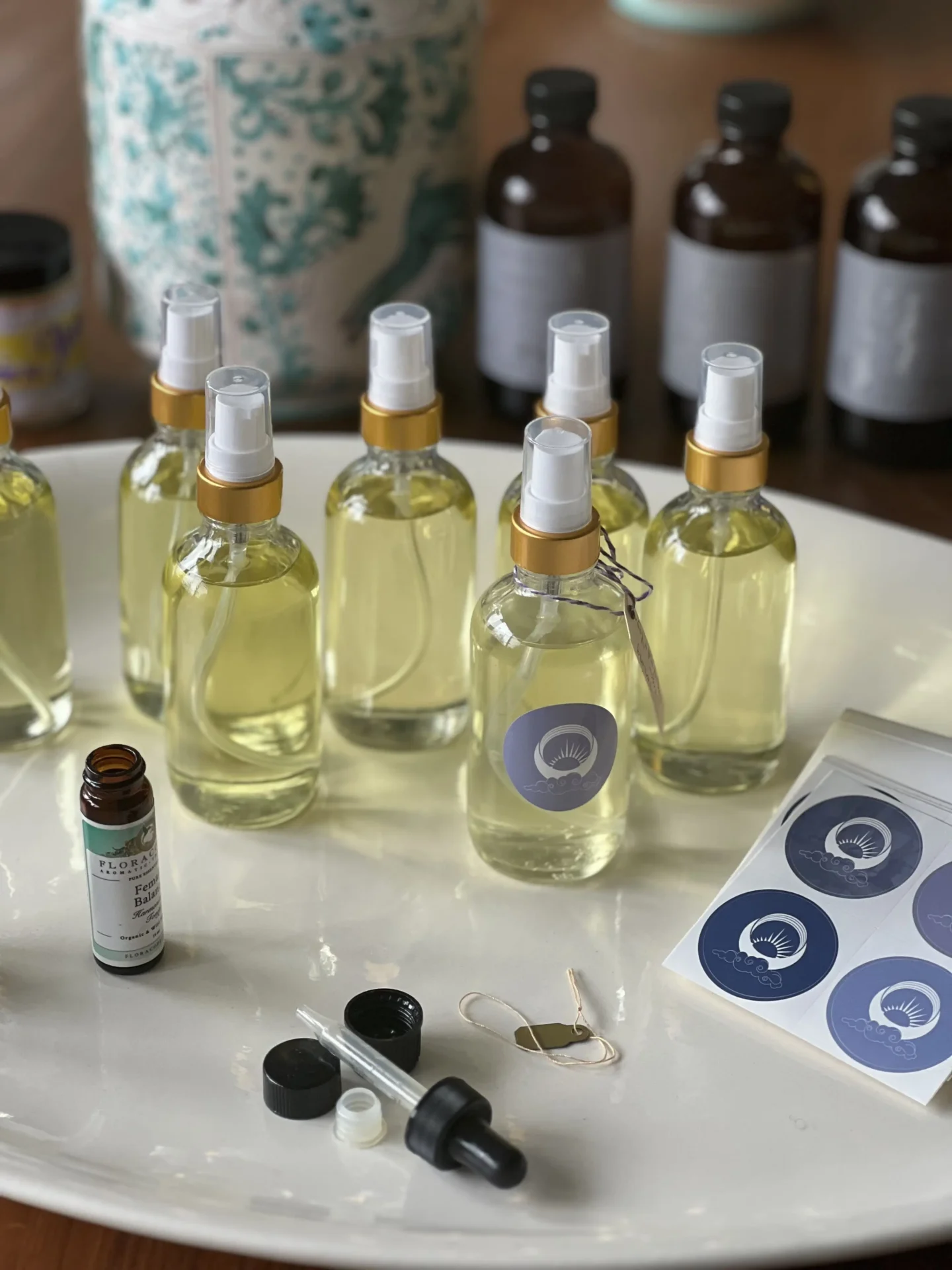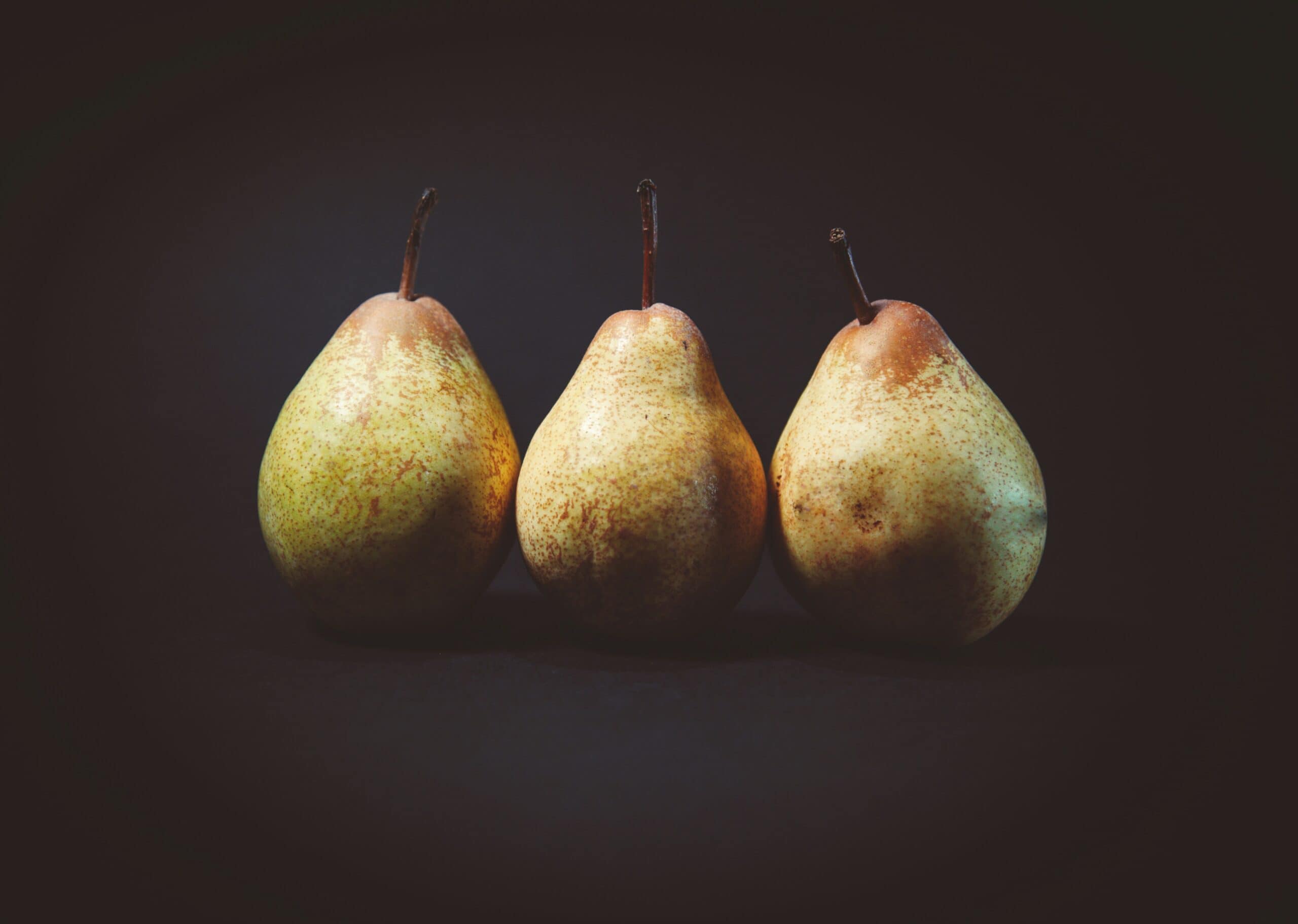3 Lifestyle Practices For You!
EYES, NOSE + MOUTH
A healthy lifestyle brings good health.
Even the best medicine is useless if your lifestyle is creating your suffering. What does lifestyle mean? Its the things you do on a regularly basis over time. The hardest part about them is to begin. That is because the practice, itself, will help you to keep it going. The benefits you will feel, both consciously and unconsciously, will take over. You will want to do it and you will feel good. You will become healthy or at a minimum, healthier.
Have you ever thought how great health would feel? What would living a long and truly happy life be like? It can be hard to imagine when your current expectation is mild aches and pains, fatigue, generalized stress, sleepless, and heartache. But life doesn’t have to be this way. This is not life by design. Lifestyle changes penetrate the deepest nature of our consciousness and it brings up our attachments to our way of life. Most people do not change easily. For this reason, be very patient with yourself. Let a few healthy practices carry you until you can see easily the changes in your life. Explore, be discerning, be a researcher for you own life.
The effect of medicine is temporary. The effect of lifestyle is everlasting
The Practice of Eye Cleansing or Bright Eyes (Sanskrit term is: Chakshu Dhauti)
The Ayurvedic practice of Chakshu Dhauti is the practice of washing the eyes. Washing the eyes removes waste secretions that build up in the eye. In addition, the herbs used in the eye washes help to restore balance to the eyes, improves vision and helps to keep your eyes healthy.
Washing the eyes only takes a few minutes. It can be done a few times each week or practiced daily when you experience significant redness and burning~ such as with too much screen time!
Eye wash solutions are usually prepared from rose water, however other eye wash formulations exist.
You can buy an eye cup and rose hydrosol in most health food sections of your grocery store. I bought mine from PaavaniAyurveda.com Use the code: MARISA10 to get 10% off their entire site and you can use the code for an unlimited amount of time. Feel free to share with a friend too.
Here is what you need to do:
- Purchase an eye cup
- Purchase rose hydrosol. This is basic rose water.
- Fill the eye cup half way with rose water.
Instructions Once the Wash Has Been Prepared
- Bend your head forward and place you eye into the cup creating a tight seal with the rim of the cup.
- Tip your head back keeping the cup firmly attached to your eye.
- Open your eye and look into the cup. Blink 10-12X.
- Bend your head forward and remove the cup.
- Repeat on the other side. Discard the solution when complete.
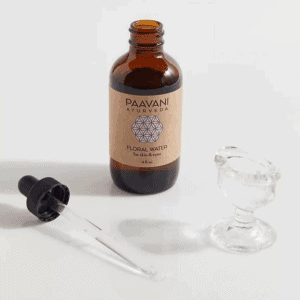
on Instagram.
The Neti Pot: What it is, Why? + How to use it!
Neti is the practice of passing something through the nose. Jala Neti is the Sanskrit name for the practice of passing water through the nasal passages. This nasal “irrigation” cleanses the nasal passages and sinuses offering many important health benefits to the body and mind. As a result of the practice, dust, pollen and pollutants, such as smoke, are removed. For those suffering from allergies, cleansing the nasal passages and sinuses often reduces allergy symptoms. The benefits of Jala Neti, however, go beyond the physical body. The practice also cleanses the mind resulting in a higher level of being alert and awake.
Jala Neti is practiced with warm, salt water that fills a neti pot. The water is then poured into one nostril and fills the sinuses. It then comes out the opposite nostril. As it does, it carries impurities out of the body.
You do not need to do this everyday, but you can! And definitely practice this when you have sinus congestion.
This is also an excellent practice during pregnancy, when you have sinus congestion and cannot use over-the-counter drugs.
The following are a few tips to keep in mind when practicing in order to create a successful experience~
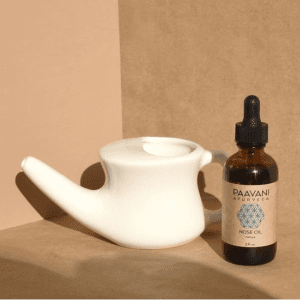
Instructions
- Fill the neti pot with warm water. The temperature should be about 98 – 100 degrees, which is about your body temperature. If it is too hot or cold it may cause some discomfort. It is not necessary to take the temperature of the water, an estimate is fine. To the touch, it feels a little warm and not hot.
- Add a little salt to the neti pot. All pots are sized a little differently. Normally about 1/8-1/4 tsp. is the right amount. Too much or too little may cause a burning sensation. Play with the amount until you get it right. If it burns a little from the salt either add or subtract the amount of salt you are using for your pot. Sometimes you need more salt so that it does not burn. That is because we are salty and we need to match the natural PH of our own bodies with the salt water we are making for our Neti practice.
- Pour the water into one nostril while bending the head forward and tilting it to one side. It takes some practice to learn how to bend the head forward and tilt to one side allowing the water to flow properly. Take your time and experiment until you get it right. Once you do it right, it is very easy to reproduce. It is important to note that when pouring water into your nostril you should keep your mouth open. This helps create the proper pressure in the nasal passages. Thus, your head is tipped forward and to the side and your mouth is open.
- Following nasal irrigation, place a drop of nose oil (Or Nasya Oil) on your finger tip and insert the oil into the nose. Briefly massage the inside of the nose with the oil. This lubricates the nasal passages keeping them healthy.
Here is a link for Neti Pot, Nasya Oil: https://paavaniayurveda.com/products/the-nasal-care-ritual?_pos=2&_sid=fc45eaea4&_ss=r
You can buy them both or separately.
Note: It is safest to use purified, boiled or distilled water for this practice as there is a miniscule risk of micro-organisms being in the water. Most people use warm tap water and do not have any problem. To remove any risk, I recommend that you use water that has been purified through microfiltration, distillation or boiling.
The Practice of Tongue Cleaning
Tongue cleaning is an Ayurvedic practice that removes the UNHEALTHY coating that has built up on the surface of the tongue.
The coating is an accumulation of toxins called “ama.” Left untreated, the ama on the surface of the tongue contributes to bad breath, poor metabolism, and a lack of taste. By cleansing the tongue, not only is the breath freshened and proper taste restored but the tongue is massaged (which helps to metabolize/digest your food).
Instructions for Tongue Cleaning
Purchase a tongue cleaner also called a tongue scraper. These are made of stainless steel, copper, or from plastic.
Hold the tongue scraper in one hand and place the curved end on the back of your tongue.
Move the instrument from the back to the front scraping off the coating of the tongue. Rinse the instrument as often as needed and repeat about ten times. No need to be aggressive, you can be gentle and get it done well.
Again, I love this small, women-owned Ayurveda company in Northern California @praavaniayurveda! They have a great kit that used the tongue scraper with some mouth oil (directions included). Use code: MARISA10 to get 10% off.
One final benefit of cleansing your tongue is that it helps improve digestion. The tongue is a part of the digestive system. The tongue communicates to the stomach and small intestine that food is on its way. A healthy tongue improves the ability of the stomach and intestine to do their job of digesting food.
Instructions
- Purchase a tongue cleaner also called a tongue scraper. Often these are made of stainless steel but may also be prepared from copper or from plastic.
- The instrument is held in one hand and the curved end is placed on the back of the tongue,
- Move the instrument from the back to the front scraping off the coating of the tongue. Rinse the instrument as often as needed and repeat about ten times. No need to be aggressive, you can be gentle and get it done well.

This blog post may contain affiliate links.

